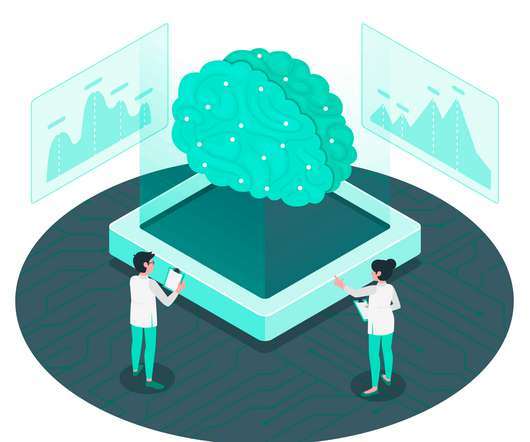Stuff The Internet Says On Scalability For September 7th, 2018
High Scalability
SEPTEMBER 7, 2018
million : new image/caption training set; 32,408,715 : queries sent to Pwned Passwords; 53% : Memory ICs Total 2018 Semi Capex; 11 : story Facebook datacenter prison in Singapore; $740,357 : ave cost of network downtime; Quotable Quotes: @BenedictEvans : Recorded music: $18 billion. Retail: $20 trillion. Cars: $1 trillion.












Let's personalize your content